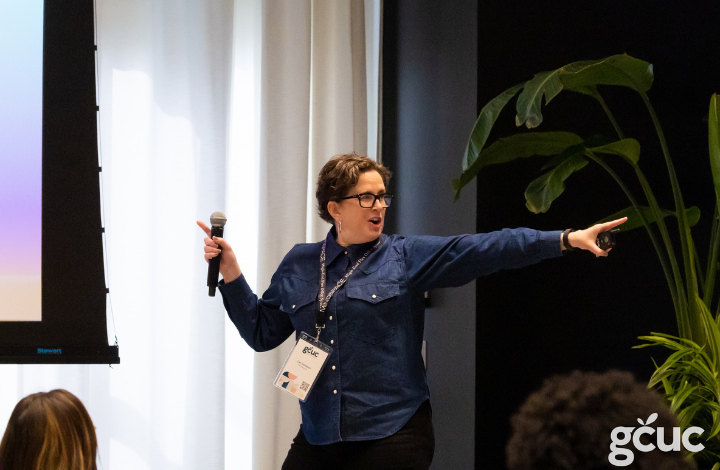Do you struggle to price your freelance writing work? If you charge too much you run the risk of turning off prospects, but if you charge too little, you end up feeling taken advantage of. It can be a tricky back-and-forth.
In a recent piece for Forbes, author Michael Ellsberg shares his strategy for finding the sweet spot of pricing—what he calls the “Happy Price.”
The technique is quick, fun, and effective. Here’s how it works:
- Start with a price that is too low. This is what Ellsberg calls your “Sad Price.”
- Move up from your Sad Price in increments of $25, $100, $500—Whatever is appropriate for the price. For instance, if you’re talking about a big copywriting job that will take you a month to do, you may go in $500 increments. If you’re talking about a blog post, maybe it’s in $25 increments.
- As you scale up, notice the point at which you think, yes, I would be happy to do that job for that price. That is your Happy Price.
Here’s an example:
A client asks you to ghostwrite a 500 word blog post. Start at a price that is too low, say $25. Now increase that amount. How do you feel about doing it for $50? Still too low? What about $75. At this point you may be getting in the ballpark. What about $100? Would that make you happy to do the job? If yes, that’s your Happy Price. If no, keep going until you hit your Happy Price.
As Ellsberg explains, your Happy Price is the minimum you need to be happy doing that work.
“If you charge less, you’ll resent the work, and it will show in your quality of delivery, earning you a bad reputation and low-or-zero word-of-mouth.
“When you charge a Sad Price, you will also be unmotivated to market your services. Why would you want to expend all that time, money, and effort of marketing, only to bring in work that you resent and that feels un-nourishing and bothersome to you at that price?”
Ellsberg advises honoring your Happy Price and not inflating it. It will increase organically as demand for your services increases. He also reminds readers that everyone’s Happy Price, the lowest point at which you are happy to provide a given service, is different.
“Many factors go into determining what makes one price for your services Happy for you, and another price Sad,” he writes. “It could have to do with dozens of things, such as your living expenses, how much you enjoy or dislike the work, what your competitors are charging, your sense of how much value you actually provide to your clients, how much energy and work it takes for you to do a good job for your clients, etc., etc.”
Next time a job comes across your desk, ask yourself what your Happy Price would be to do that job, and proceed accordingly.
Do you have a formula for pricing your freelance writing work? What strategies have you tried? I’d love it if you’d share your experience in the comments.
Related Articles
9 Tips to Do More Writing in Less Time
Stand Out From the Crowd by Creating a Freelance Writing Niche
Advice From a Six-Figure Freelancer






